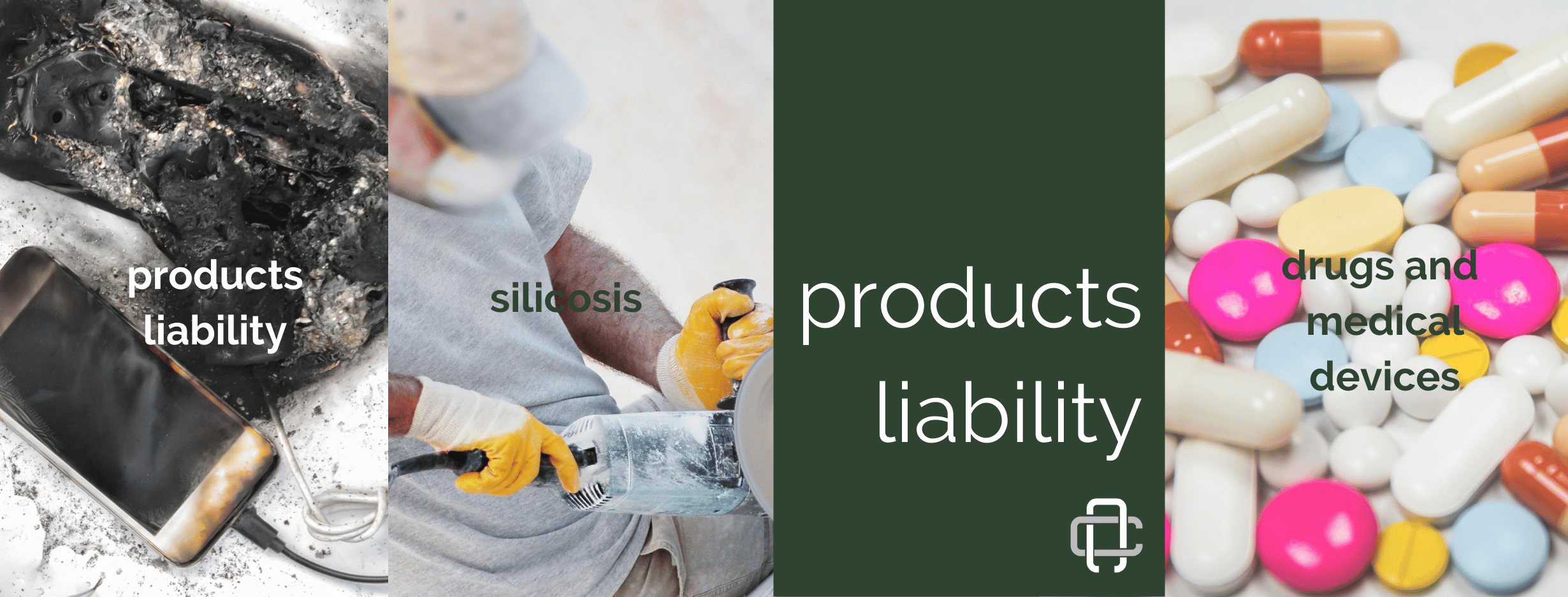PDF Download (with footnotes)
In recent marketing measures, JUUL encourages smokers to use its products as a smoking cessation aid. While it doesn’t overtly say that its nicotine pods can be used to quit smoking, JUUL’s new ad campaign touts it as a way to “make the switch”—the switch from cigarettes to vaping products, of course. Commercials are featuring adults sharing their personal stories of hwo they used JUUL to finally kick their smoking habit.
In July 2019, the House Committee on Oversight and Reform’s Economic and Consumer Policy subcommittee held a two-day hearing to investigate JUUL’s marketing and health claims that its nicotine pods are a safer alternative to traditional cigarettes and are a took to help people quit smoking.
The Food and Drug Administration (FDA) has not approved any e-cigarettes for use as smoking cessation aids. Approval requires a formal review backed by scientific data. JUUL of course has none of these.
JUUL began this “smoking cessation aid” campaign after receiving intense scrutiny for its marketing to children and its products skyrocketing popularity with teenagers. Specifically, the FDA began to question its child-centric advertising tactics. In the face of that criticism, JUUL turned its marketing to target adult smokers and used a marketing scheme designed to give JUUL the appearance of a smoking cessation aid.
But what JUUL is not including in this marketing campaign is the fact that its nicotine pods deliver substantially more nicotine than the cigarettes it’s helping you quit.
According to the National Institutes of Health, the “amount and speed of nicotine delivery . . . plays a critical role in the potential for abuse of tobacco products.” The cigarette industry has long known that “nicotine is the addicting agent in cigarettes” and that “nicotine satisfaction is the dominant desire” of nicotine addicts.
For this reason, cigarette companies spent decades manipulating nicotine in order to foster and maintain addiction in their customers. For example, R.J. Reynolds Tobacco Company (“RJR”) developed and patented nicotine salt additives such as nicotine benzoate to increase nicotine delivery in cigarette smoke. As detailed in an RJR memorandum titled “Cigarette concept to assure RJR a larger segment of the youth market,” manipulating the pH of nicotine was expected to give cigarettes an “additional nicotine ‘kick’.” This kick was attributed to increased nicotine absorption associated with lower pH.
JUUL used the RJR research and conclusions to produce a similar nicotine kick, and thereby promoting increased use and sales of JUUL e-cigarettes. In U.S. patent No. 9,215,895 (“the ‘895 patent”), assigned to “Pax Labs, Inc.” and listing JUUL executive Adam Bowen as an inventor, JUUL describes a process for combining benzoic acids with nicotine to produce nicotine salts, a formulation that mimics the nicotine salt additive developed by RJR decades earlier.
In a 2015 interview, Ari Atkins, a JUUL research & development engineer and one of the inventors of the JUUL device said this about the role of acids: “In the tobacco plant, there are these organic acids that naturally occur. And they help stabilize the nicotine in such a way that makes it …” He pauses. “I’ve got to choose the words carefully here: Appropriate for inhalation.”
JUUL’s manipulation of nicotine pH directly affects the palatability of nicotine inhalation by reducing the “throat hit” users experience when vaping. Benzoic acid reduces the pH of solutions of nicotine, an alkali with a pH of 8.0 in its unadulterated, freebase form. This reduction in pH converts naturally-occurring unprotonated nicotine, which causes irritation in the throat and respiratory tract, to protonated nicotine, which is not be absorbed in the throat or upper respiratory tract and, therefore, does not irritate the throat. A recent study found that JUUL’s e-liquid had a pH of under 6.0, suggesting that the JUUL contains almost no freebase (i.e., non-salt form) nicotine.
The vapor from JUUL’s e-liquid contains about the same ratio of free-base nicotine—and hence causes the same amount of irritation—as a nearly nicotine-free 3 mg/mL e- liquid.
The same chart further shows that the Duell Study authors found that the low freebase fraction in its aerosols suggested a “decrease in the perceived harshness of the aerosol to the user and thus a greater abuse liability.”
The authors noted that “tobacco company documents suggest that products [like JUUL] with high nicotine levels but a low [percentage of freebase nicotine] will yield vape aerosols of much reduced harshness as compared to products with even only moderate nicotine levels” but high percentages of freebase nicotine.
JUUL’s creation of a product with low levels of harshness and minimal throat “hit” is consistent with the goal of producing a product for young non-smokers. The non- irritating vapor product is easier for non-smokers to consume without negative side effects like coughing or irritation. The design also shows that JUUL’s intention was to recruit nonsmokers, not existing smoker, because smokers are already tolerant of the throat hit and have even been habituated into associating the “throat hit” with getting their nicotine fix. Minimizing the throat “hit” of JUUL e-cigarettes is therefore unnecessary to providing an alternative for adult smokers, but is crucial to luring a new generation of users.
The Duell study concluded that JUUL’s use of nicotine salts “may well contribute to the current use prevalence of JUUL products among youth.”
JUUL’s lack of throat hit increases the risk of using the product, because it masks the amount of nicotine being delivered, by eliminating the throat sensory feedback normally associated with a large dose of nicotine. The “throat hit” is part of the body’s alert system, letting a person know he is inhaling something harmful. Eventually, the irritation to the throat will cause even the most compulsive addict to wait before the next inhalation. Reducing or removing this feedback impairs the user’s ability to ascertain that he is consuming a toxin. As a result, the cravings for nicotine can be satisfied nonstop, fostering addiction or aggravating an existing addiction, and repeatedly exposing the user to the health risks associated with the product, such as significantly increased blood pressure.
JUUL sells products that contain relatively low amounts of throat-irritating freebase nicotine, yet contain and deliver far higher concentrations of nicotine than cigarettes or other electronic nicotine delivery systems (“ENDS”) containing freebase nicotine.
Blood plasma studies in the ‘895 patent show that vaping nicotine benzoate increases nicotine delivery compared to cigarettes or vaporized solutions of freebase nicotine. In fact, nicotine uptake was up to four times higher for nicotine salt formulations than traditional cigarettes (approximately 4 ng/mL/min compared to approximately 1 ng/mL/min). JUUL’s data also indicates that nicotine salt solutions produce a higher heart rate in a shorter amount of time (a 50 beats/minute increase within 2 minutes for nicotine salt, versus a 40 beats/minute increase in 2.5 minutes for a Pall Mall cigarette). Nicotine salts also cause a faster and more significant rise in heart rate than placebo or vaporized freebase nicotine.
The following figure from the ’895 patent shows that a 4% solution of benzoic acid and nicotine salt, which is the formula used in JUULpods, causes a peak nicotine-blood concentration (“Cmax”) of approximately of approximately 15 ng/mL, compared to a Cmax of 11 ng/mL for a Pall Mall cigarette. (To make the figure more readable, JUUL’s 4% nicotine benzoate data is highlighted in red, and the Pall Mall data is highlighted in
blue.)
JUUL’s ‘895 patent shows that a 4% solution of benzoic acid nicotine salt causes a peak nicotine-blood concentration (“Cmax”) of approximately 15 ng/mL, compared to a Cmax of 11 ng/mL for a Pall Mall cigarette.
As high as the reported nicotine dose reported for JUULpods is, the actual dose is likely higher. Though the strongest benzoic acid concentration mentioned in the ‘895 patent is 4% (i.e., 40 mg/mL of benzoic acid), one study tested four flavors of JUULpods and found a 4.5% benzoic acid (44.8 ± 0.6) solution. That study found that JUULpods contained a concentration of 6.2% nicotine salt (about 60 mg/mL), rather than the 5% nicotine (about 50 mg/mL) advertised. JUULpods containing an absolute nicotine concentration 1.2% higher than the stated 5% on the label (a relative increase of over 20%) coupled with more benzoic acid than listed in the ‘895 patent produce higher nicotine absorption than expected for the advertised formulation.
Other studies have reported even higher actual concentrations of nicotine in JUULpods. Some experts estimate that JUULpods contain the same nicotine as two packs of cigarettes.
In any event, JUUL is delivering doses of nicotine that are materially higher than delivered by combustible cigarettes. As a paper published by the European Union citing the United Kingdom Medicines and Healthcare Products Regulatory Agency notes, “an e-cigarette with a concentration of 20 mg/ml delivers approximately 1 milligram of nicotine in 5 minutes (the time needed to smoke a traditional cigarette, for which the maximum allowable delivery is 1 mg of nicotine).” With at least 59 mg/mL of nicotine delivered in a salt form that increases the rate and efficiency of uptake (and even with a lower mg/mL amount), a JUULpod will easily exceed the nicotine dose of a traditional cigarette. Not surprisingly, the European Union has banned all e-cigarette products with a nicotine concentration of more than 20 mg/ml nicotine, and Israel is seeking to do the same. As Israel’s Deputy Health Minister has noted, “a product that contains a concentration of nicotine that is almost three times the level permitted in the European Union constitutes a danger to public health and justifies immediate and authoritative steps to prevent it from entering the Israeli market.”
Comparison of available data regarding per puff nicotine intake corroborates the other JUUL studies (mentioned above), indicating that JUUL delivers about 30% more nicotine per puff. Specifically, a recent study of JUULpods found that “[t]he nicotine levels delivered by the JUUL are similar to or even higher than those delivered by cigarettes.” The Reilly study tested JUUL’s Tobacco, Crème Brulee, Fruit Punch, and Mint flavors and found that a puff of JUUL delivered 164 ± 41 micrograms of nicotine per puff. By comparison, a 2014 study using larger 100 mL puffs found that a Marlboro cigarette delivered 152—193 μg/puff. Correcting to account for the different puff sizes between the Reilly and Schroeder studies, this suggests that, at 75ml/puff, a Marlboro would deliver between 114 and 144 μg/puff. In other words, empirical data suggests that JUUL delivers up to 36% more nicotine per puff than a Marlboro.
Because “nicotine yield is strongly correlated with tobacco consumption,” a JUULpod with more nicotine will strongly correlate with higher rates of consumption of JUULpods, generating more revenue for JUUL. For example, a historic cigarette industry study looking at smoker employees found that “the number of cigarettes the employees smoked per day was directly correlated to the nicotine levels.” In other words, the more nicotine in the cigarettes, the more cigarettes a person smoked.
At the same time, as discussed above, the throat “hit” from nicotine salts is much lower than that for combustible tobacco products, making it easier to inhale. According to researchers, the “high total nicotine level (addictive delivery)” of a JUUL coupled with its easily inhalable nicotine vapor is “likely to be particularly problematic for public health.”
This powerful combination—highly addictive and easy to inhale—also repeatedly exposes users to the toxic chemicals in the vapor, compounding the health risks to users, as described above.
In addition to its nicotine content, the “Cool” Mint pods pose additional risks. The FDA’s Tobacco Products Scientific Advisory Committee in March 2011 issued a report on menthol cigarettes, concluding that the minty additive was not just a flavoring agent but had drug-like effects, including “cooling and anesthetic effects that reduce the harshness of cigarette smoke.” Mint could also “facilitate deeper and more prolonged inhalation,” resulting in “greater smoke intake per cigarette.”


